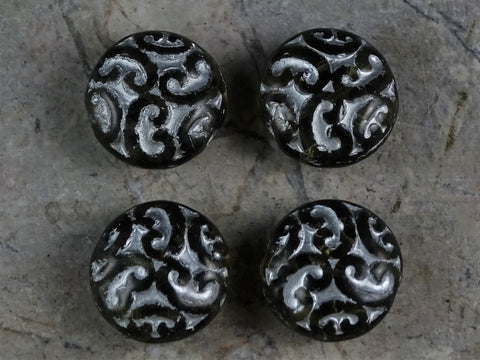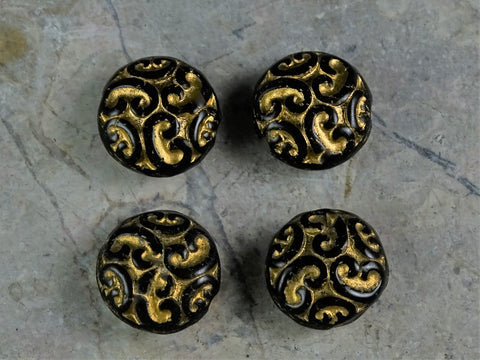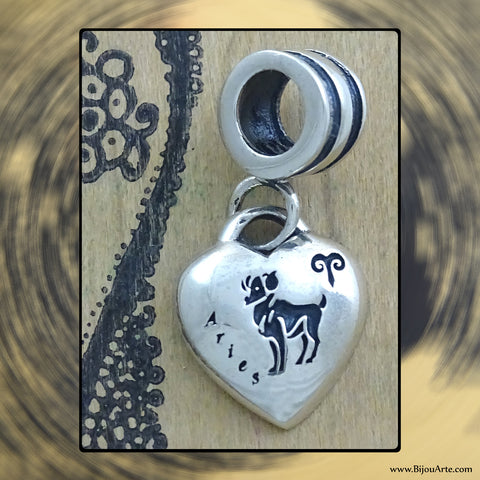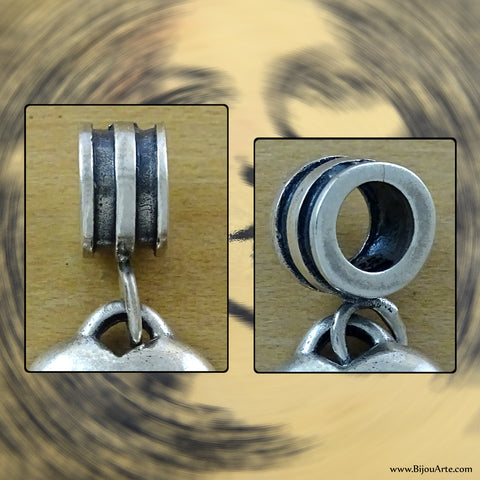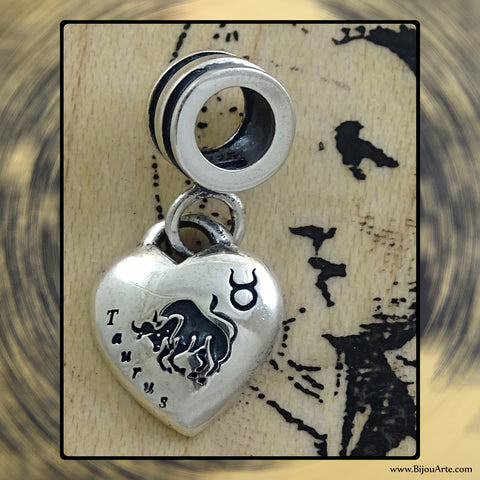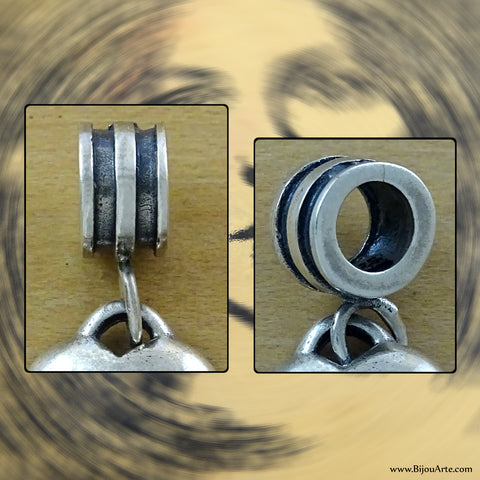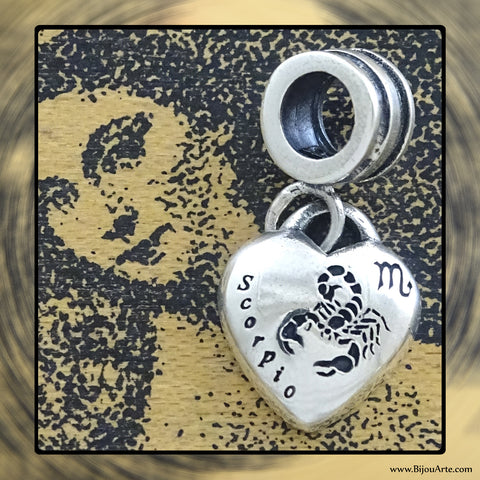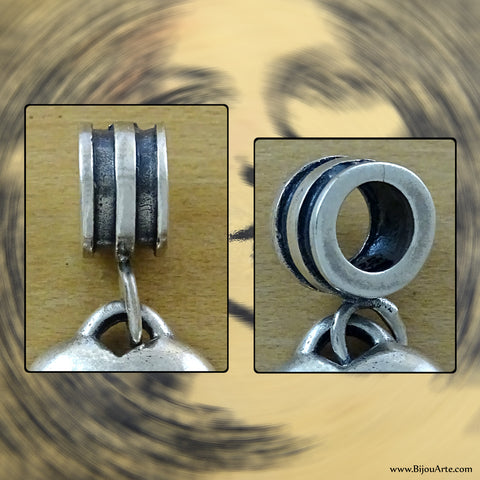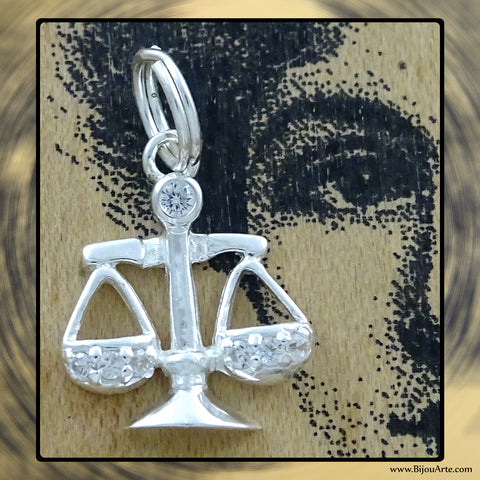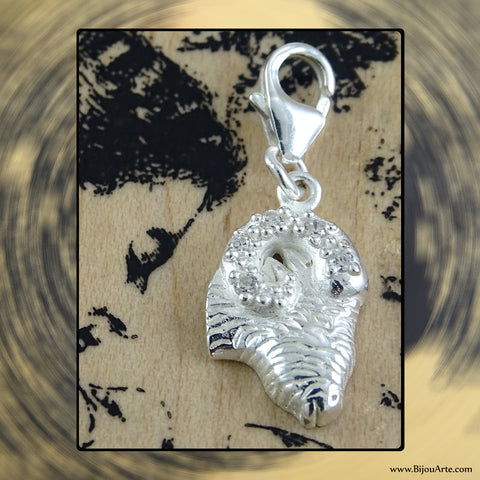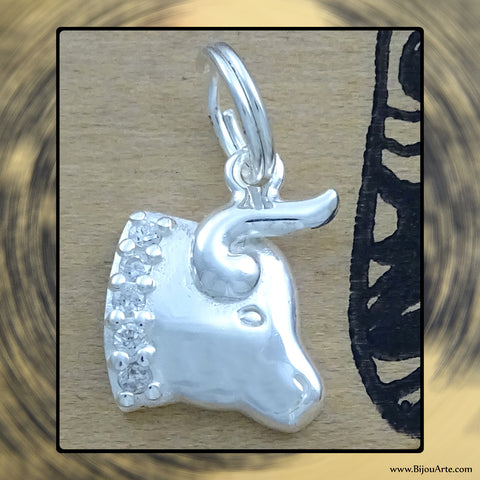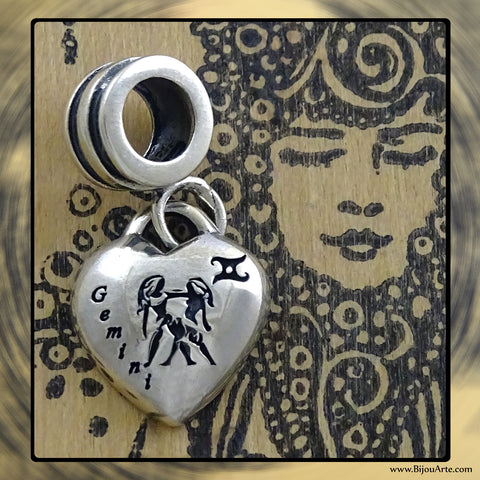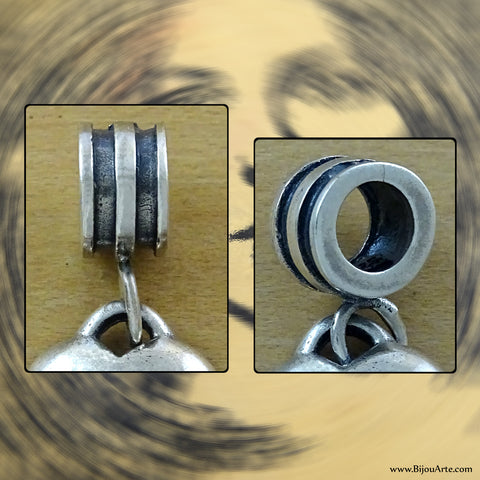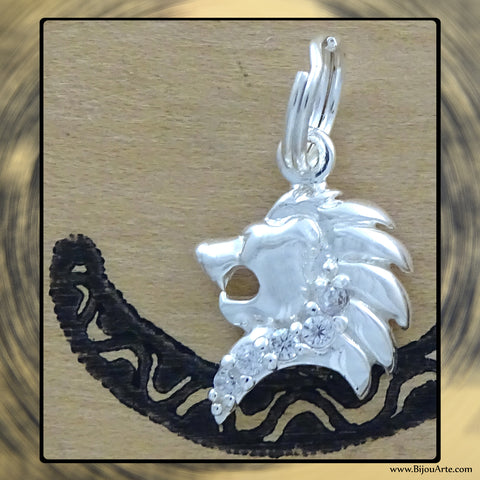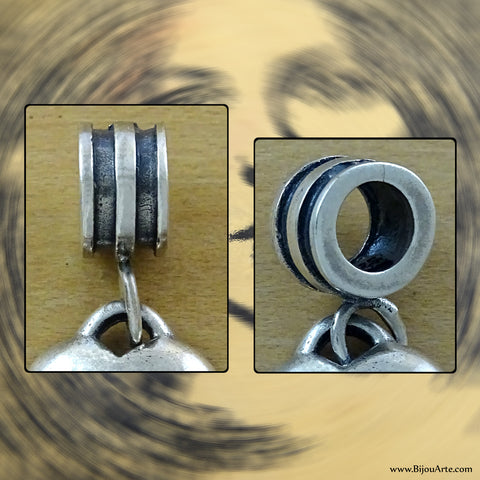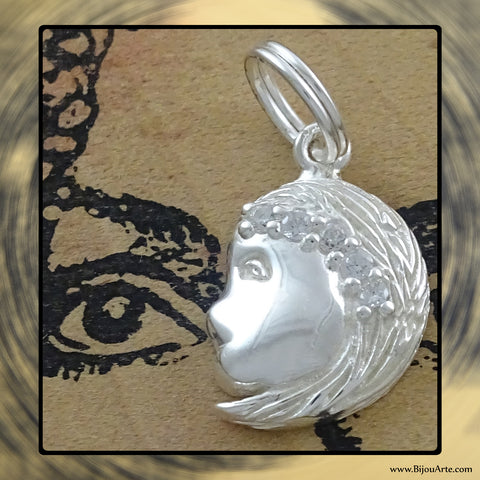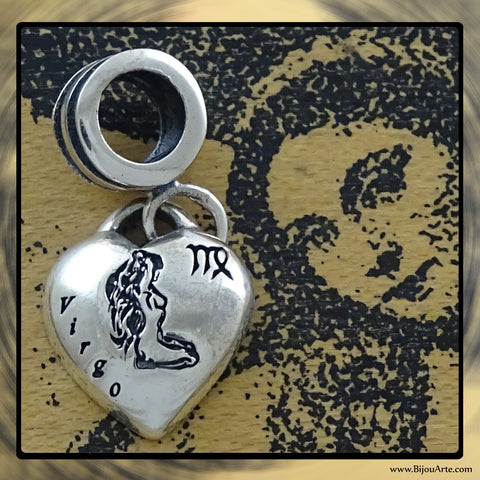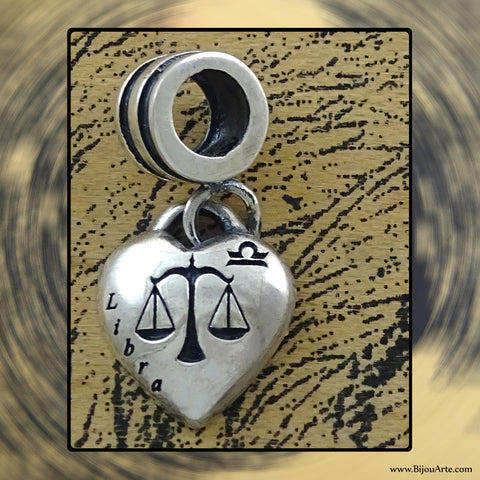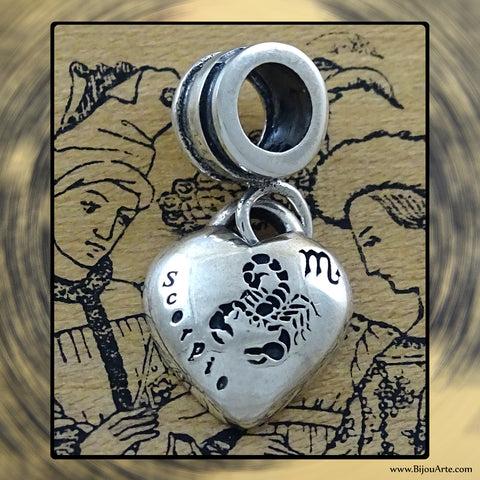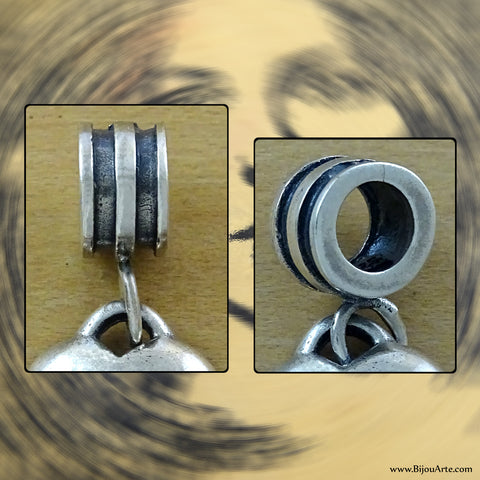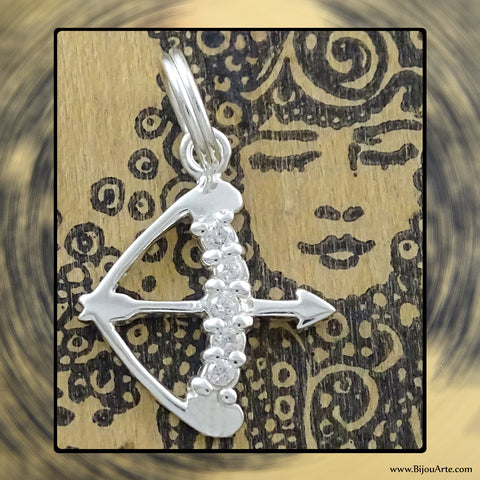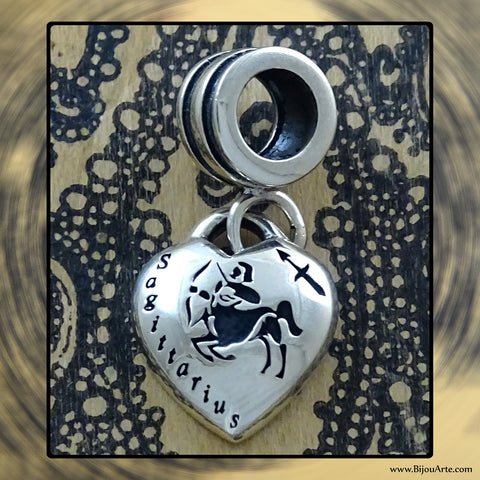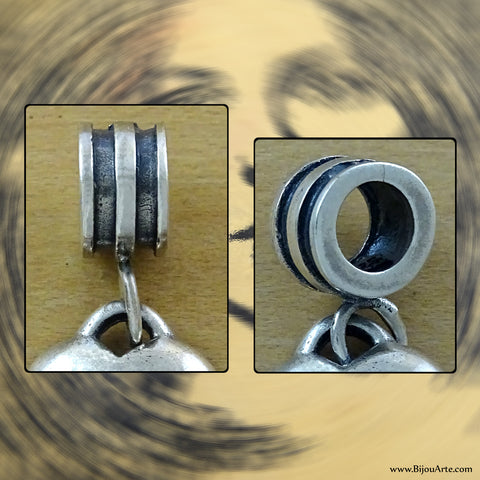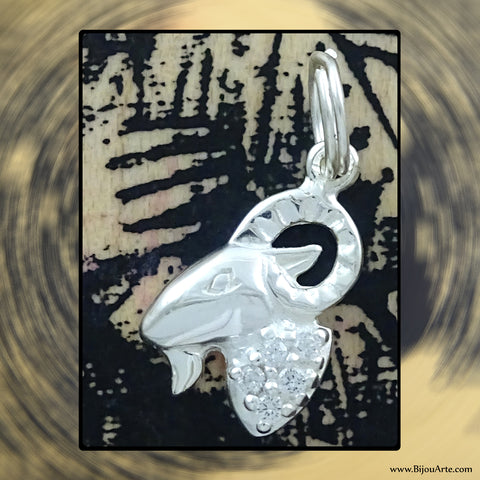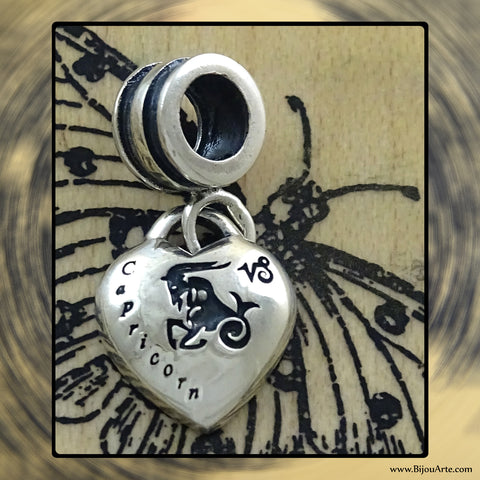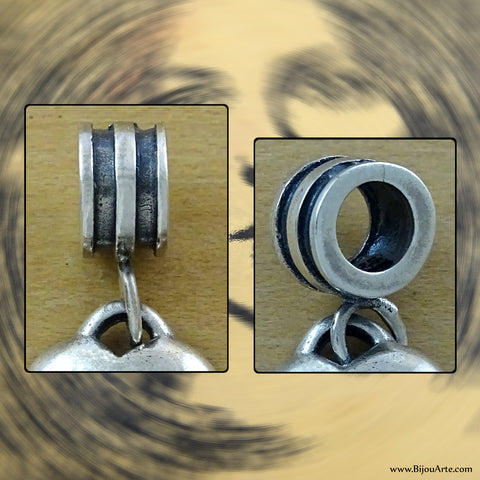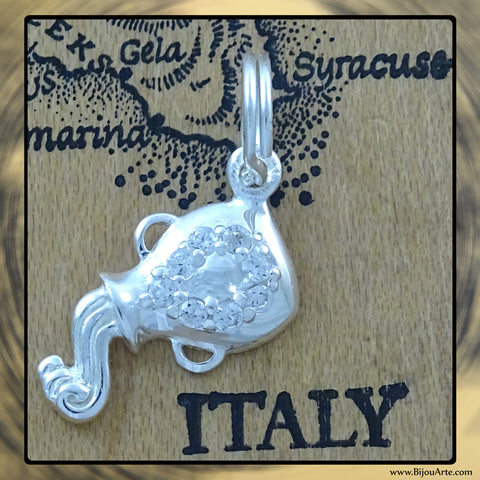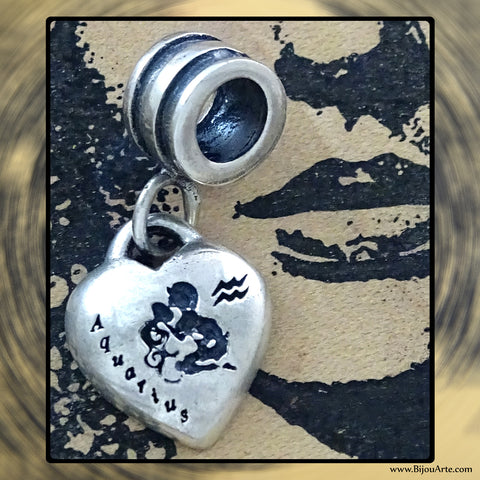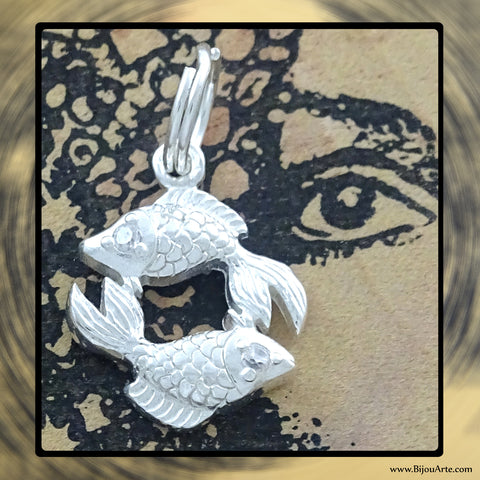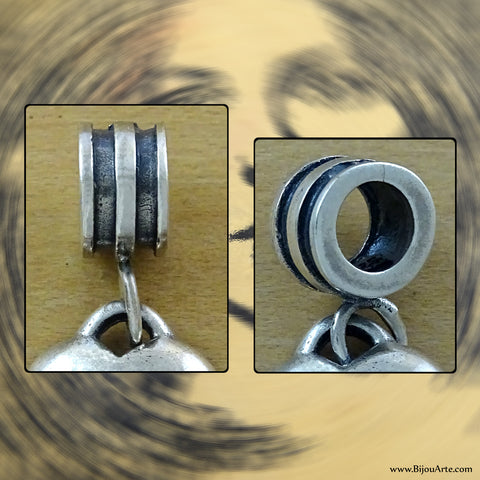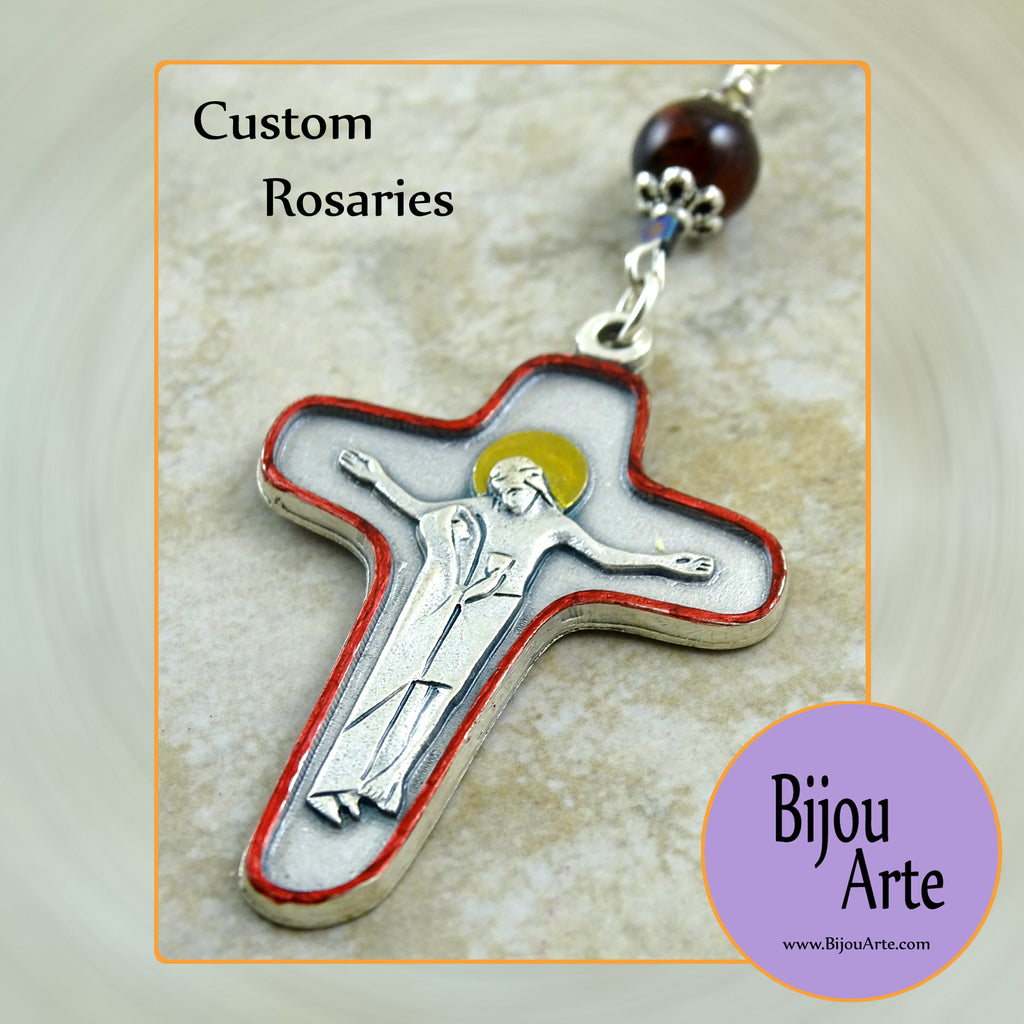The Renaissance & The Art Nouveau In Florence
Jewelry designer Lily Morda explores the inspiration behind our new Fantasia Firenze line.
--------------
The Renaissance & The Art Nouveau: Both historical eras had enormous and lasting impact on Italian style and design. The energies and influences from both of these innovative and creative periods can still be felt to this day.
The Italian Renaissance period of the 15th and 16th centuries is known historically as the “rebirth” of Classicism, yet, ironically, it is also known as a time when artists broke free of medieval restraints and expressed themselves in a way that was more sensual and intimate. Often, their work even had a hidden or occult side to it, especially within the disciplines of painting and sculpture.
In jewelry, artistic expression, design and workmanship were combined employing an orderly, rational approach, especially within the realm of gold jewelry craftsmanship. It is during the pivotal Renaissance period, that the jeweler’s art reached truly historical pinnacles—particularly in Italy, in the region of Tuscany. In fact, the most famous artists responsible for the period's artistic revival movement, like Filippo Brunelleschi, Lorenzo Ghiberti, and Sandro Botticelli, all served as goldsmiths’ apprentices, before moving on to other forms of art. This, at a time when fine jewelry was an important status symbol and an obvious sign of one’s wealth and importance within the community. Portraits from this period often show jewelry being worn prominently by both men and women. From portraits by Botticelli, Agnelo Bronzino, Piero di Cosimo and others, one can see that by the second half of the 15th century, the elaborate decoration of women’s hair - with precious jewels cut and designed just for that purpose - had become a real art, in and of itself. Dedicated goldsmiths and craftsmen carefully worked out every aspect of the often extremely complicated ornamental design that had to harmonize with the movement and style of the subject’s hair. Braiding was also heavily featured, as we can see from the painting below.
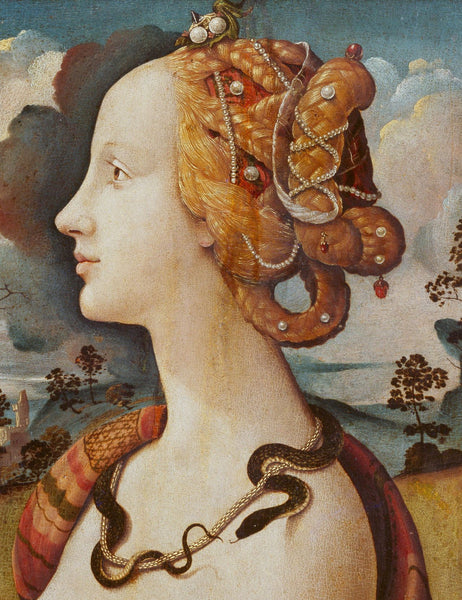
Piero di Cosimo, Portrait of a Woman. The portrait is said to be of Simonetta Vespucci
Unlike the Renaissance period, which was a deliberate effort to revive Classicism - if not to even improve upon it - the development of the movement called Art Nouveau at the end of the 19th century and early 20th century, represented a reaction against the revival and imitation of ancient, "classical" styles. The rebellion included styles within the realm of jewelry design that often emphasized the heavy use of gold and precious stones.
In what was then seen as a form of artistic “rebellion”, the materials used for Art Nouveau jewelry were not the main artistic emphasis, but, rather, the jewelry design itself was highlighted and prized for its delicate and innovative design elements and neo-naturalistic style. Leaf, flower, moth, fairy and virgin motifs figured prominently throughout the design period which lasted roughly from 1880-1910.
During this movement, the “new” jewelry was made from any material that would best express the symbolic and/or decorative motifs and ideas of the artist. While precious metals were still used, techniques like enameling, etching, wire sculpting, hand-painting, and chain-making were also heavily featured. Floral, vegetable, animal and mystical components, together with the idealized feminine figure, formed the basis for designs and motifs that heavily featured the use of flowing lines, delicate filigree and floral and vine-like decorative elements. These elements were heavily featured forming an innovative and “new” naturalistic style. The Asian influence, or “La Chinoise” brought into the movement by artists such as Louis Comfort Tiffany, son of the founder of the Tiffany & Co jewelry empire, should not be underestimated, as these elemental oriental influences live on in jewelry design to this day.
Although the most famous artists of the period were men, an intrinsically feminine aesthetic also permeated the period in jewelry design, architecture, fashion, etc. Within the realm of jewelry, the emphasis of attention was often on the focal pendant which was typically adorned, as in the Renaissance, with dangling pearls and suspended with hand-crafted rosary-style links.
Both the Renaissance period - which continued for more than two centuries, and the Art Nouveau period, which only went on for a few decades - brought with them a sense of “newness”. One gets a sense of the artist throwing off his shackles, so to speak. At the same time, the craftsmen during both time periods were known for being fastidious about quality, detail, design and overall craftsmanship. Jewelry making was seen as an art, and not just as a commodity producing enterprise, like it often is in today's marketplace.
Whether it was through the conscious revival of classical techniques that had since been suppressed, or through the forging of new frontiers in design and materials, the jewelry artists from both of these historical periods have left their marks on generations of subsequent artists to come. It almost goes without saying that both periods have been a great influence on my own work, whether in regards to my jewelry design work, or in other areas of artistic expression that I enjoy like collage, music making, etc.

Then & Now... Nighttime Florence - Photo by Tim James
One of the things I love about Florence, is that the two particular historical periods which happen to be my personal favorites, The Italian Renaissance and The Art Nouveau periods are heavily featured in much of the city’s overall design and architecture. In Italy, the Renaissance period is known as il Rinascimento, and the Art Nouveau period is known as Stile Libertà.
Both periods, renown for their outstanding male artists, were inspired by a deeply feminine muse. An “anima” of the collective unconscious, in Jungian terms, if you will. One only has to look at the work of the artists Boticelli, an icon of the Renaissance and Gustav Klimt, one of the most famous painters of the 20th century, who painted during and helped to define the Art Nouveau period, to understand point(!)
Our new jewelry line Fantasia Firenze strives to be a fusion of both of these influential periods... By combining design elements, materials, color palettes and craftmanship with the overall sensibility of “forging ahead creatively” that both the Renaissance and the Art Nouveau periods so perfectly embodied. All of this inspired by the art, icons and monuments of a thriving city that the whole world continues to love and cherish to this day.
All of the pieces in our Fantasia Firenze collection are limited editions or one-of-a-kind. Many of the components that make up the pieces were made in Florence, specifically, or, in other parts of Italy. All of the finished jewelry pieces themselves were designed and created in our Tuscan studio. Custom design work is always welcomed and encouraged.
Viva il Rinascimento!
-Lily Morda
Tuscany, September 2022
